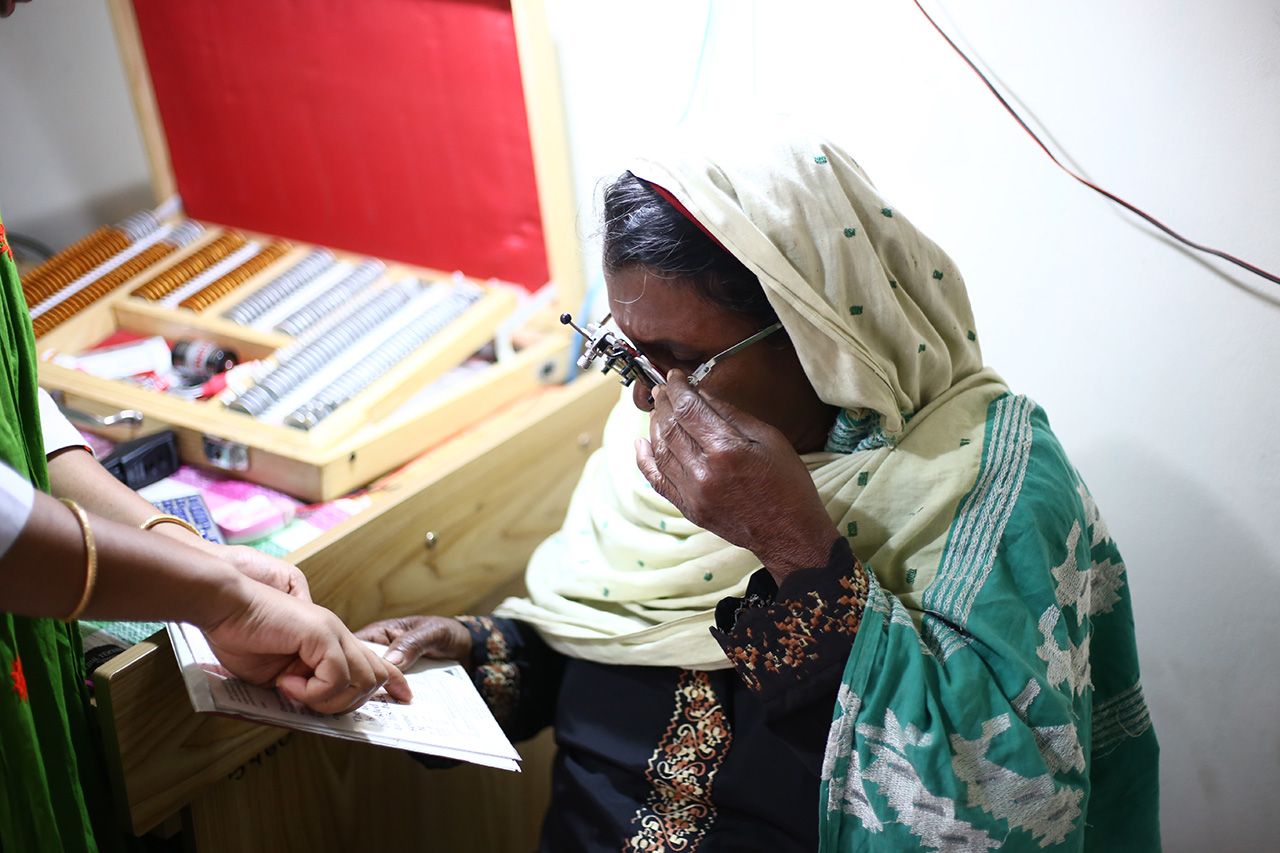Disability inclusion long ago, and now
Reading Time: 3 minutes
At present, 1 billion people across the world live with some form of a disability. In Bangladesh, considerable progress has been made in disability inclusion and social protection, but we still have a long way to go.
Let’s take a little jump into the past when Mr. Shanidar 1 roamed the earth.
Shanidar 1 lived with multiple disabilities, having suffered many injuries in his early years, which resulted in the loss of his eyesight and ability to walk. By the time he was in his mid-20s, his right hand and arm had been amputated, and he developed conductive deafness in one ear.
He was extremely vulnerable – an easy prey for carnivorous predators at the time.
Yet he was fortunate enough to have survived for more than a decade with all these injuries. All thanks to the caregivers around him. And all this happened more than 50,000 years ago
The duration of his life is a glowing testament to the wonders of the compassion and social support of his fellow hunter gatherers, long before the concept of medical care.
Shanidar 1 was a primitive Neanderthal (predecessor of the anatomically modern human species) from the Early Stone Age. His skeletal remains were discovered in 1957 in a cave in Iraq after which he was named.
His dental records revealed that his life lasted around 40-50 years, far exceeding others of his tribe, equivalent to 80-90 years for present day humans.
It is safe to say that he survived more because of empathy, rather than financially calculated motivation, or social media campaigns carved on stone.
At present, 1 billion people across the world live with some form of a disability.
In Bangladesh, considerable progress has been made in disability inclusion and social protection. The country was among the first countries to ratify the UN Convention on the Rights of Persons with Disabilities (CRPD) in 2007. The government has also allocated USD 1.42 billion (BDT 1,200 crore) for strengthening programmes for people with disabilities upto 2021.
However, its charity-based model, where allowances account for 85.3% of the total national allocation, is far from ideal. Prudent investments on strengthening all components of our health systems should be prioritised to achieve Universal Health Coverage for Sustainable Development by 2030, which both the nation and BRAC has committed to.
Bangladesh’s Health Care Financing Strategy 2012-2032 aims to halve people’s cost of receiving healthcare from 64% of the country’s health expenditure to 32% with the Social Health Protection Scheme.
A BIDS study in 2014 roughly estimated the economic costs of disability to be around USD 1.18 billion per year, which is about 1.74% of our entire GDP- largely due to lack of schooling and subsequent employment opportunities for those living with disabilities, or the many caregivers who are not able to seek employment.

BRAC intends to make giant strides with a modern rights-based approach. Policies have been updated to encourage recruitment and ensure the highest standards of accessibility in the accommodation and workplaces of employees and clients with disabilities.
The BRAC head office, area offices, and vehicles have undergone renovations, in addition to launching an accessible website. It continues to invest in innovative, inclusive practices in all its programmes, while complementing national strategies to make public transportation more accessible.
In July 2000, BRAC’s health programme established the BRAC Limb and Brace Centre (BLBC), under its latest addition of a rehabilitative component in its activities. The centre provides high quality user-friendly artificial limbs and braces at very low prices, located in Mohammadpur of Dhaka, Bangladesh, in close proximity to other public and private rehabilitation centres.
Clients are provided training on use and mobility with their new assistive devices, and counselling with them and their family members on reintegrating into society. Specialised physiotherapy is provided, and a functional referral system and follow-up services are ensured. With a new centre opened in Mymensingh, the centres have served almost 35,000 people till now. Their enduring legacy are the 110 Rana Plaza survivors who have received a variety of medical services.
BRAC has also extended its care to the drastically high number of people who are visually impaired, predominantly in rural Bangladesh with its eye care programmes. It initiated in 2006 under “Reading Glasses for Improved Livelihood Projects”, distributing 1.5 million pairs of reading glasses. Following that, “Vision Bangladesh” was started in accordance with the National Eye Care Plan to eliminate avoidable blindness across Bangladesh by the year 2020.

This initiative has restored eyesight for more than 300,000 cataract patients. 19 vision centres ensure quality eye care services through telemedicine, free of charge, for people living in ultra poverty. Coverage has been extended to 61 districts, screening 7.7 million people.
Since their births, the Government of Bangladesh and BRAC have shared a symbiosis contributing immensely to our economic growth and development in the health sector. Be it family planning, oral rehydration, immunisation or maternal and child health- numerous successes have been achieved.
The story about Shanidar 1 highlights that sometimes a lot can be achieved from love and empathy alone, besides all the finances and meticulous planning required. Throughout their histories, both the Government of Bangladesh and BRAC have consistently demonstrated dedication and concern for those who need it the most. After welcoming millions of refugees with open arms, it might be time to give the world’s largest minority the attention and care it deserves.
Dr Anabeel Sen is a sector specialist of BRAC’s health, nutrition and population programme.





